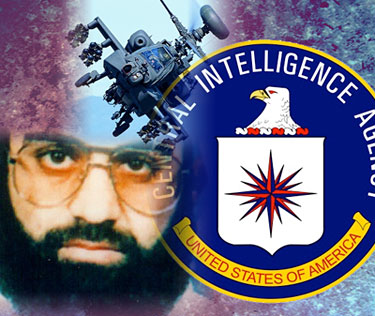Thursday, December 23, 2010
Monitoring America

Cadogan Clinic offers lunch hour sterilisation | Metro.co.uk
The Cadogan Clinic claims it is the first in the country to offer the ten-minute ‘walk in, walk out’ service.
Known as Essure, the technique blocks the fallopian tubes and leaves no visible scars.
Women can elect to have the procedure when it suits them – and their partner won’t be able to tell,’ said the clinic.
With a recommended recovery period of 45 minutes before patients can go home – or back to work, no time off is needed and there is little or no post-surgical pain.’
Some women did not want to tell their partners, while others with ‘complicated lives’ were afraid of getting pregnant, said Martin Farrugia, a gynaecologist for the clinic in Knightsbridge, central London.
‘Essure has been a popular permanent contraception option for several years through the NHS but I’m already seeing patients who want to have the procedure at a time and place convenient to them, not when they finally reach the top of an NHS waiting list,’ he said.
It costs £2,700 and involves placing two metal coils into the fallopian tubes through the vagina. Within three months, tissue grows around the coils, blocking the tubes.
According to the clinic, the procedure was ‘particularly important for women from cultures that frown on contraception – but who want to take control of their own fertility.’
But experts said the service was ‘an ethical can of worms’.
‘This seems like a cynical attempt to trade on dishonesty,’ said Dr
Allan Pacey, a fertility specialist at the University of Sheffield.
‘Women have to be able to control their fertility but, in a relationship, people need to be able to have conversations about this kind of thing. Taking a step like this behind a partner’s back is dysfunctional.’
Read more: http://www.metro.co.uk/news/850943-get-sterilised-in-your-lunch-hour#ixzz18wgNDYtT
'Saviour sibling' brings hope to his family and makes medical history | Mail Online
His Christmas present for his big sister has been months in the making. Toddler Max Matthews has given nine-year-old Megan the ultimate gift – a cure for the life-threatening disease she has suffered from since birth.
He became the first ‘saviour sibling’ to be created in the UK after doctors cultivated embryos that could provide stem cells to treat Megan’s condition.
Now, blood taken from 17-month-old Max’s umbilical cord and bone marrow has been successfully used in a transplant for Megan, who suffers from Fanconi anaemia and was not expected to live beyond seven years old.

Life saver: Nine-year-old Megan Matthews, who suffers with Fanconi anaemia, has been given hope by her younger brother Max who was born specifically to provide stem cells to help treat her condition
The £6,000 procedure that led to Max’s birth was paid for by the NHS as a last chance to help Megan.
The children’s mother Katie, 33, said: ‘It has been a tremendous rollercoaster of highs and lows but Megan is now making fantastic progress, better than we could have hoped for. For the first time we are looking forward to Christmas without worrying whether Megan will be well or not.’
Read more: http://www.dailymail.co.uk/health/article-1340611/Saviour-sibling-brings-hope-family-makes-medical-history.html#ixzz18wg2GKqN
Thanks to “Dirty Harry” Reid: An overt act of betrayal by both Houses of Congress « The PPJ Gazette
Obama Executive Order Targets Fourth Amendment

Kurt Nimmo
Prison Planet.com
Wednesday, December 22, 2010
Remember when Barry Obama said he would close Gitmo because it wasn’t right to hold people without formal charges and trials? He made the pledge soon after assuming the ceremonial throne. He said he would get it done within 12 months.

